Frederica Freyberg:
The new COVID-19 vaccine is increasingly available now, including at vaccine clinics like this one at UW-Madison this week. Pharmacies across the state are providing shots for no out-of-pocket costs with insurance or free for people without insurance. Even though in the first weeks after approval, supply chain issues have meant an uneven stock of vaccine, resulting in some dropped appointments. On the infection itself, what is the status of COVID activity across the state right now? And should we expect a fall surge in cases? For the current look, we turn to Wisconsin’s chief medical officer and state epidemiologist, Dr. Ryan Westergaard. Nice to see you again, doctor.
Ryan Westergaard:
Yes. Thank you for having me back.
Frederica Freyberg:
By looking at data on the DHS website, latest numbers show hospitalizations for COVID-19 growing at 95%, it said, in the northeast portion of Wisconsin. Is that indicative of a surge?
Ryan Westergaard:
Well, we’ve been following this for the past a couple of months and have seen the various regions in the state switch places with respect to which are increasing and which have been decreasing. In the northern region, going up by that amount is probably significant, but compared to traditional or historical levels, it’s still relatively low, and that’s true of our case data as well. We’re seeing a steady increase in how much COVID activity is happening around the state, but it’s still low by historical standards when you look at the worst days of the pandemic in the past few years.
Frederica Freyberg:
And so would you say even though these regions kind of swap places in terms of how much the cases are growing or hospitalizations are growing, overall, is it kind of a slow burn right now with COVID cases?
Ryan Westergaard:
It has been. That’s something that we’ve learned about COVID that’s a little bit different from the other respiratory viruses, like flu and RSV. There tends to be a discreet flu season where there’s very little if any flu and then it comes with a big surge. COVID’s never really gone away. We fully expect that it could get worse in the winter, as most respiratory viruses do, but a slow burn over the late summer and early fall is a pretty accurate description of what we’ve seen.
Frederica Freyberg:
How well do experts think the new vaccine protects against this latest subvariant that we’re seeing?
Ryan Westergaard:
Well, we’re very hopeful. The data that the CDC advisory committee used to recommend the new formulation showed that, at least in the laboratory, the antibodies that your body generates in response to this new vaccine are about twice as good, twice as effective as neutralizing the virus particles than the previous bivalent COVID booster. So we have reason to believe that it’s a pretty good match. No virus is perfect, and as we’ve learned as time has gone on, COVID vaccines are extremely helpful for preventing the most dangerous and severe complications of COVID-19, including hospitalization, ICU admission and death. It doesn’t infect — it doesn’t prevent all infections, but if someone comes in contact with the virus, it’s a very effective way of reducing the risk of severe disease.
Frederica Freyberg:
What do we know about the — what’s called the uptake of vaccines across Wisconsin? Are people going out and getting this vaccine?
Ryan Westergaard:
Well, it’s pretty early in the season. It’s only been around for a few weeks, so the number of people who have received a COVID vaccination similar to a flu vaccine, and we should also acknowledge that it’s time — it’s flu vaccine season as well, still low by historical standards. As you mentioned in your intro, there has been some heterogeneity in how quickly vaccine is getting to the places where vaccines are administered, in pharmacies around different parts of the state. What we hear from our federal partners is that there’s more than enough vaccine already manufactured for everyone who wants a vaccine to have one, but it may require some patience, depending on where you live and what health system or what pharmacy you use for them to stock up so that people can get it without any delay.
Frederica Freyberg:
Speaking of the flu vaccine, I know a lot of people wonder, can you get both at the same time?
Ryan Westergaard:
You certainly can, and we recommend that for our clinical partners, to not miss any opportunities to give a vaccine. If someone’s available, it’s certainly safe and recommended to get both at the same time.
Frederica Freyberg:
In terms of what’s been described as the supply chain issue with getting enough vaccine into pharmacies, et cetera, that’s because there’s kind of a switch. It used to be that the government bought it all up and then dispersed it out to the states and now it’s back to the market application of this?
Ryan Westergaard:
Yeah, we’ve called that the commercialization process. So the first two years that vaccines were available, you’re exactly right, the government bought the entire supply and made it available for free to people in the United States through state health departments, which set up mass vaccination clinics, distributed it to hospitals and clinics and local and tribal health departments. It’s changed now so we can access the COVID-19 vaccine in the same way we do other vaccines, through places where we get healthcare, increasingly through pharmacies. The other difference, of course, now is that insurance does cover vaccines, whereas before they were free for everyone, so people that don’t have insurance coverage for vaccines, can still get a free vaccine, but they need to go to one of the places that’s participating in something called the Bridge Access Program, and you can find locations in your area participating in that program by going to vaccines.gov.
Frederica Freyberg:
Dr. Ryan Westergaard, thanks very much for the update.
Ryan Westergaard:
Always a pleasure. Thank you.
Search Episodes
News Stories from PBS Wisconsin

Donate to sign up. Activate and sign in to Passport. It's that easy to help PBS Wisconsin serve your community through media that educates, inspires, and entertains.
Make your membership gift today
Only for new users: Activate Passport using your code or email address
Already a member?
Look up my account
Need some help? Go to FAQ or visit PBS Passport Help
Need help accessing PBS Wisconsin anywhere?

Online Access | Platform & Device Access | Cable or Satellite Access | Over-The-Air Access
Visit Access Guide
Need help accessing PBS Wisconsin anywhere?

Visit Our
Live TV Access Guide
Online AccessPlatform & Device Access
Cable or Satellite Access
Over-The-Air Access
Visit Access Guide
 Passport
Passport





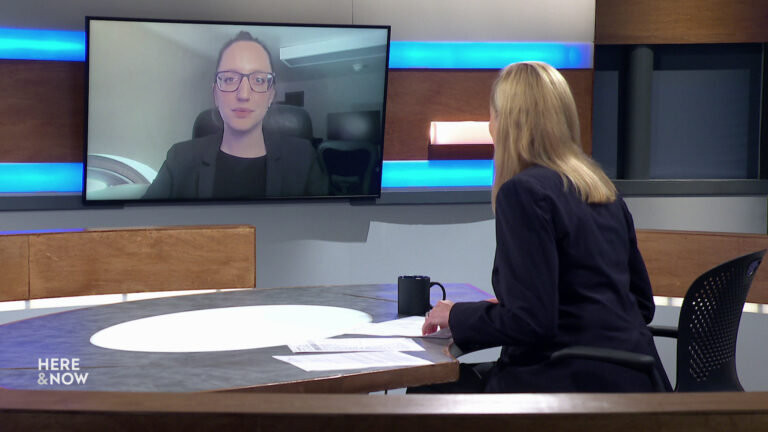
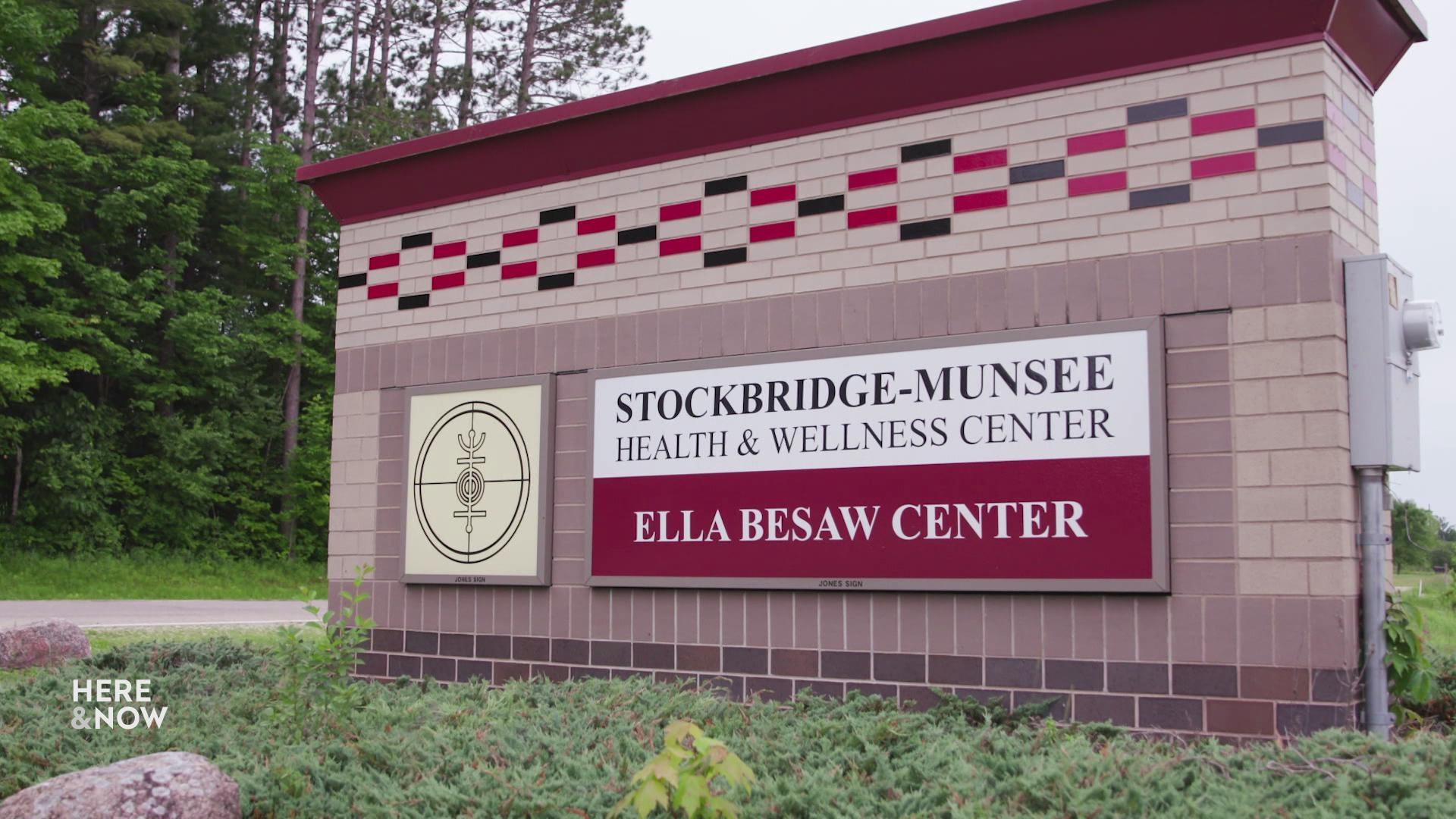
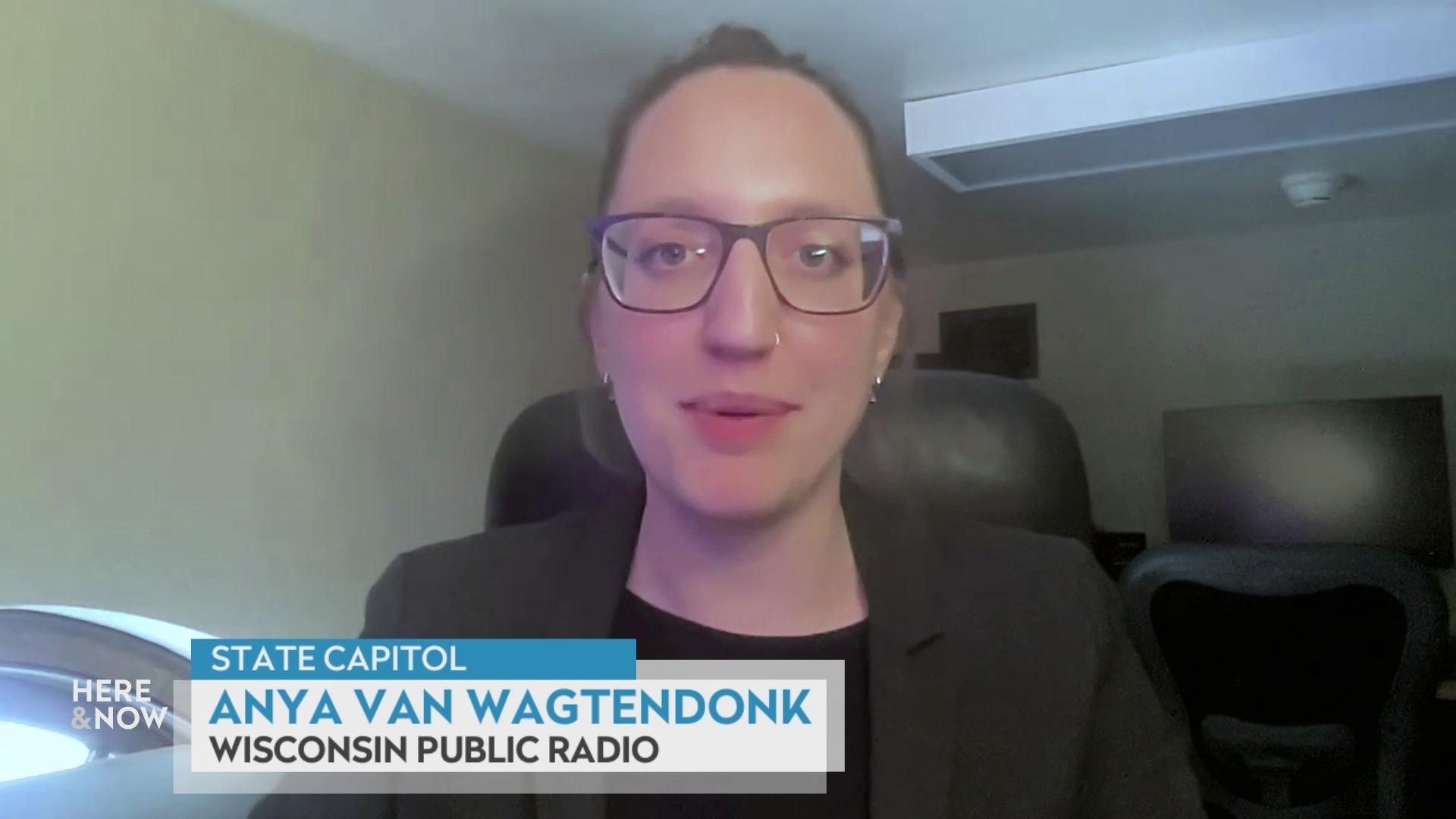
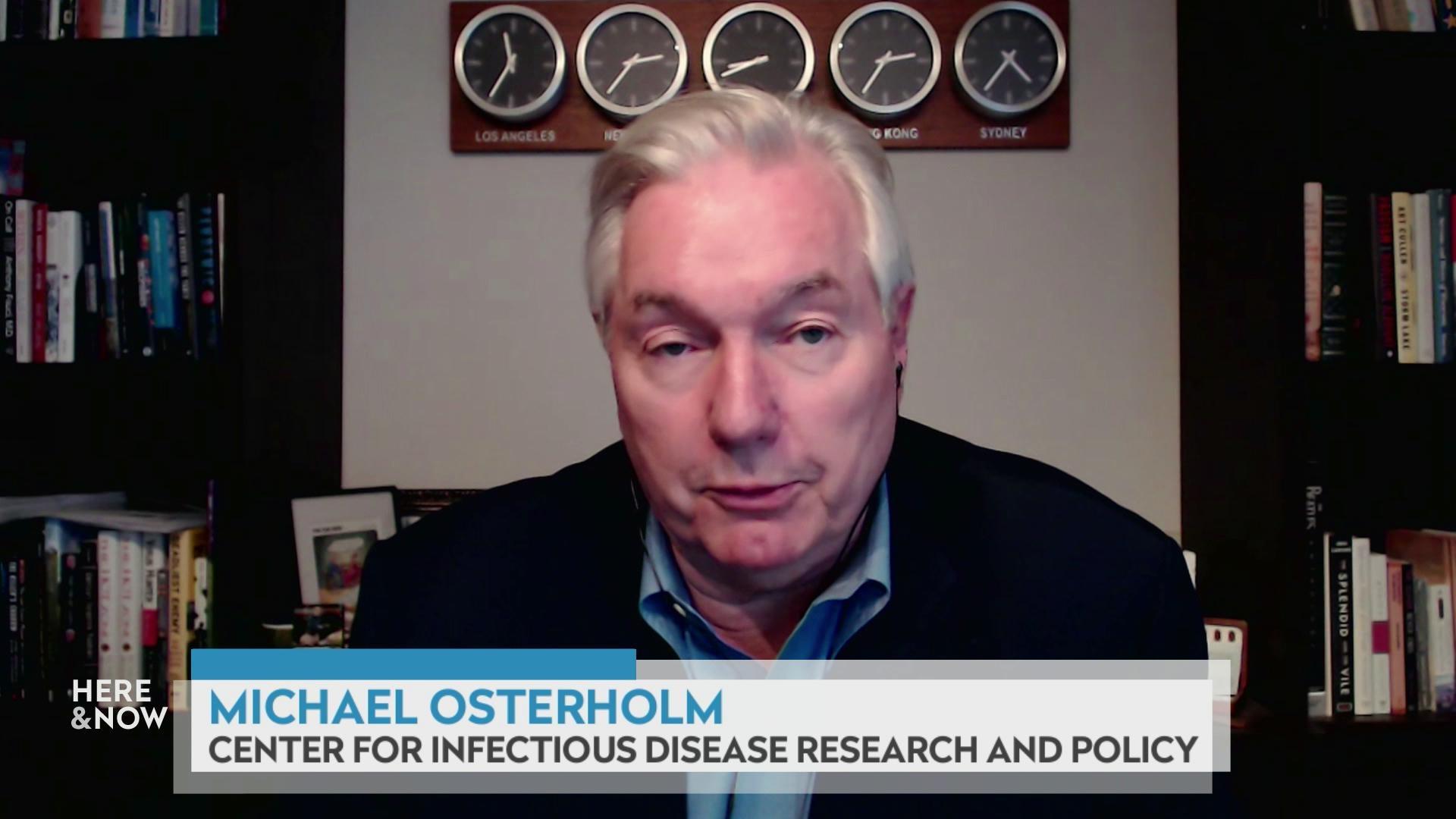
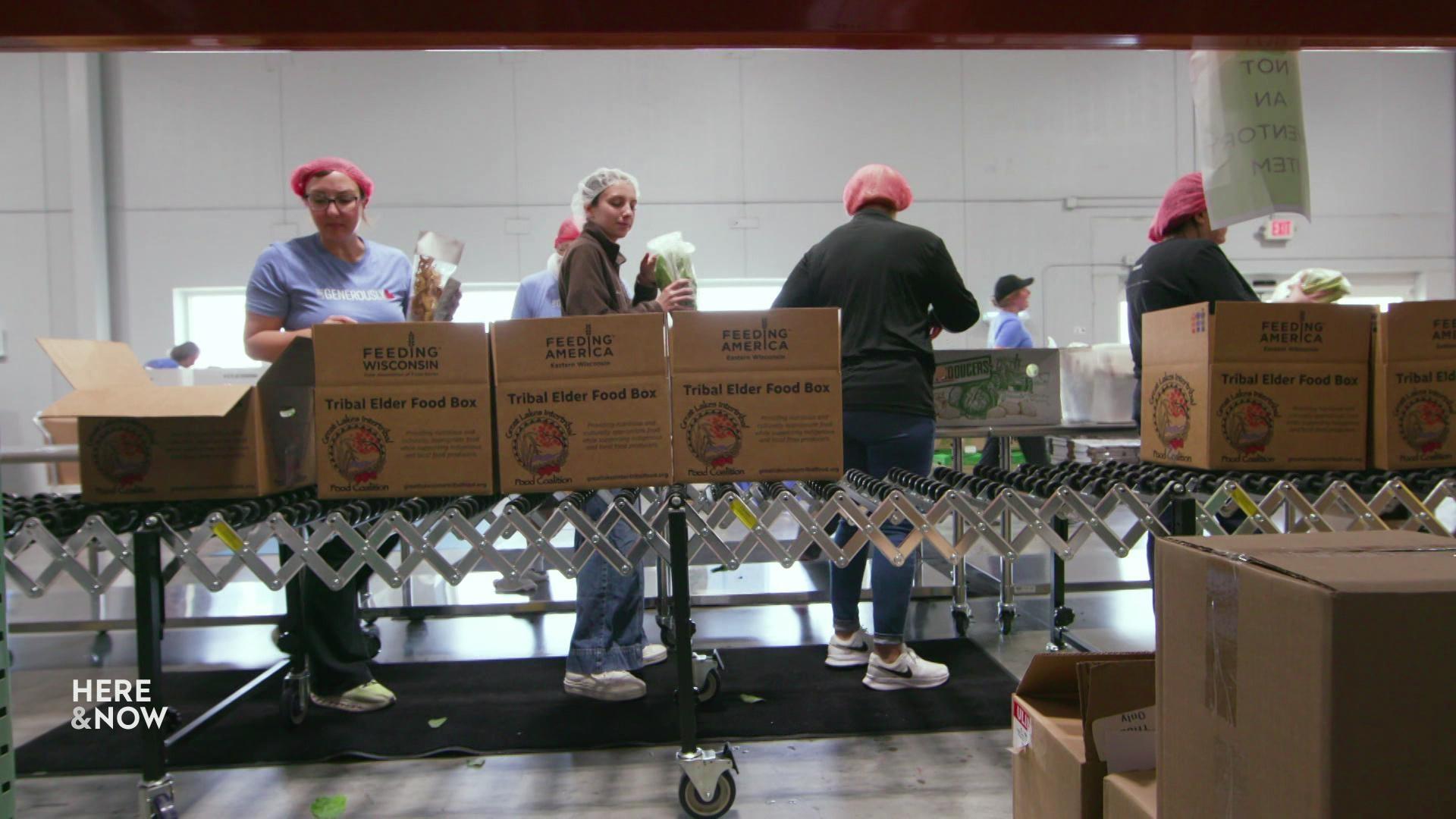

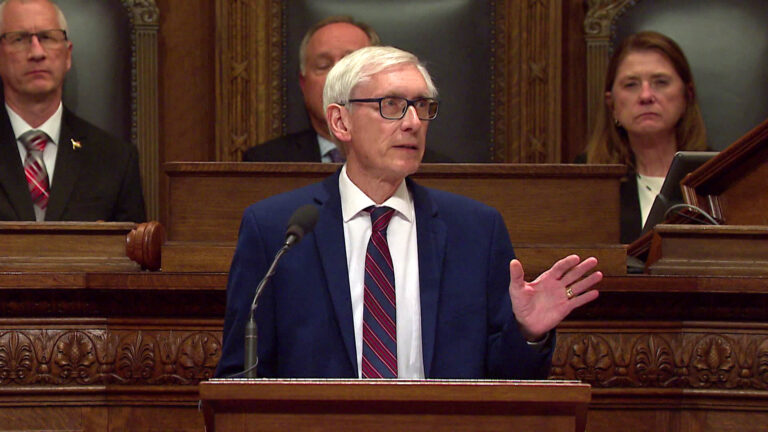
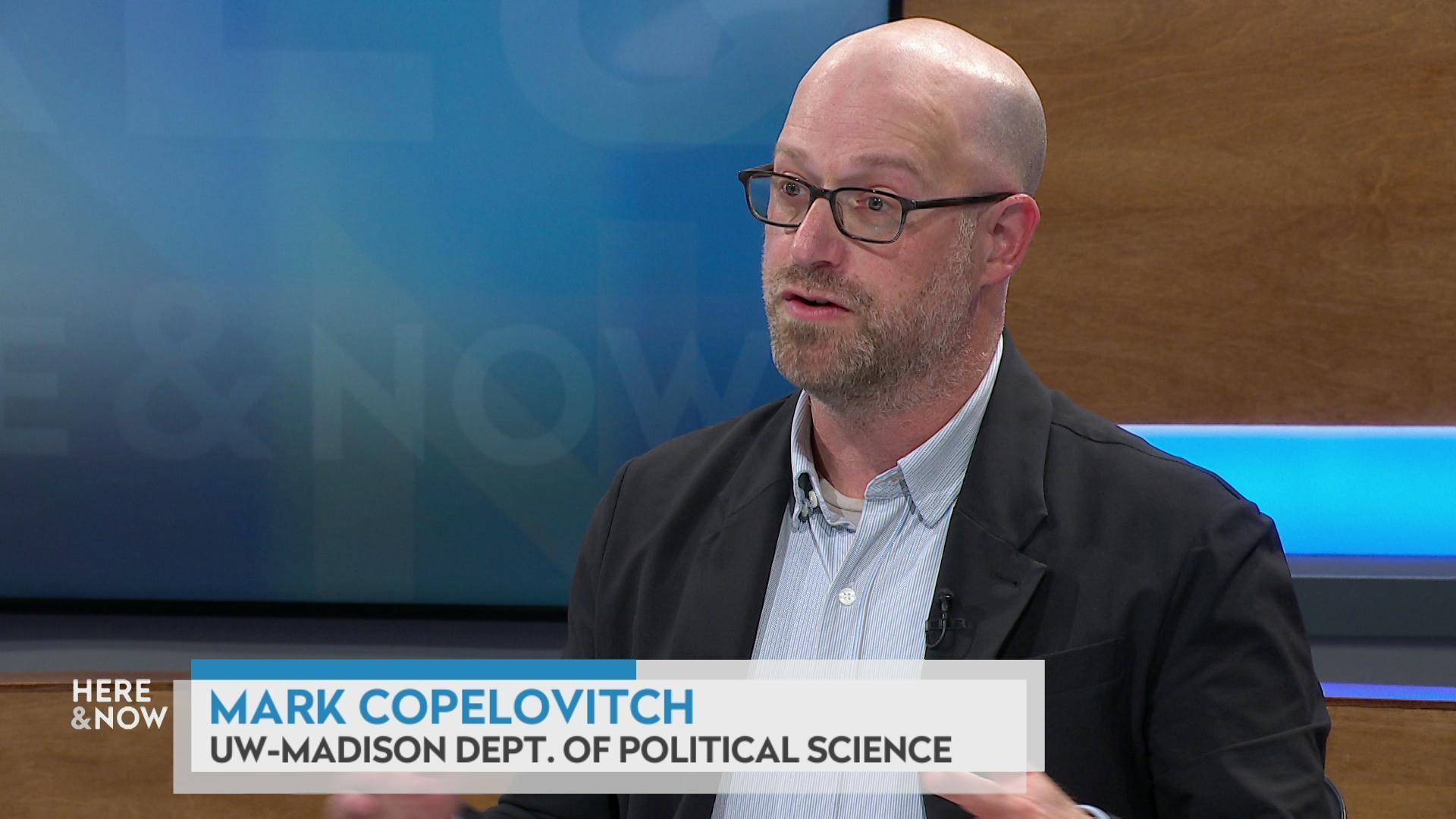
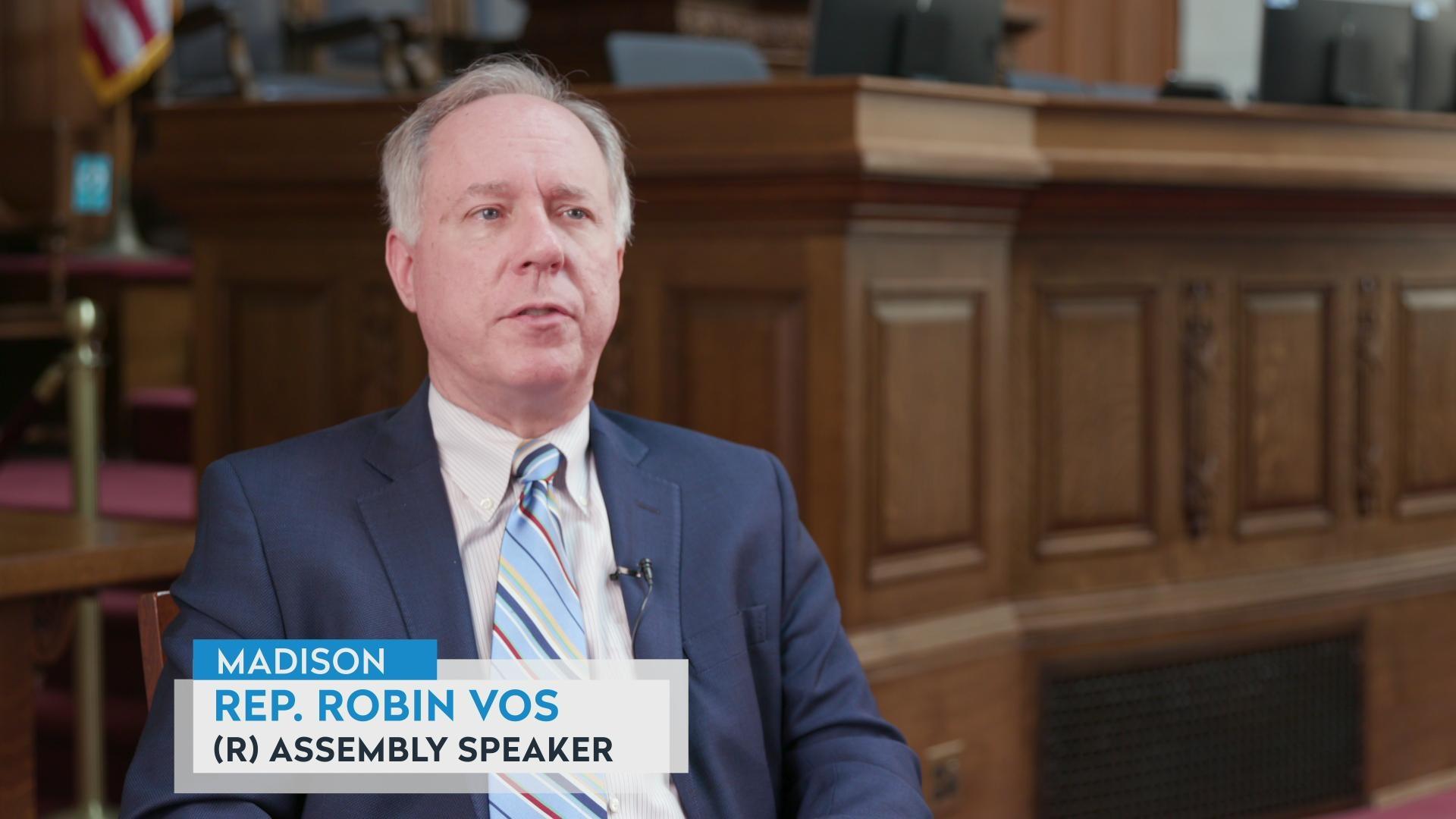
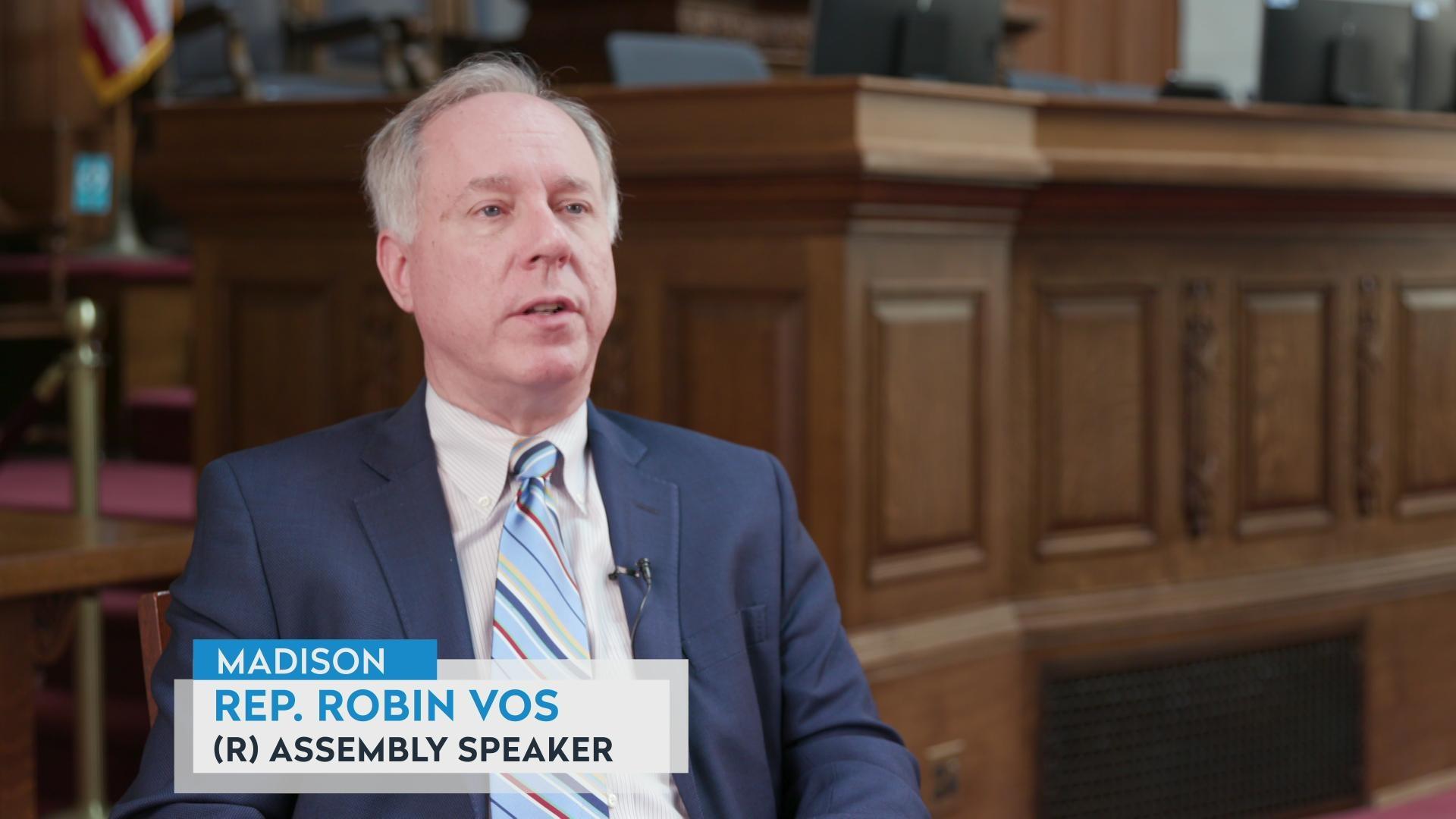
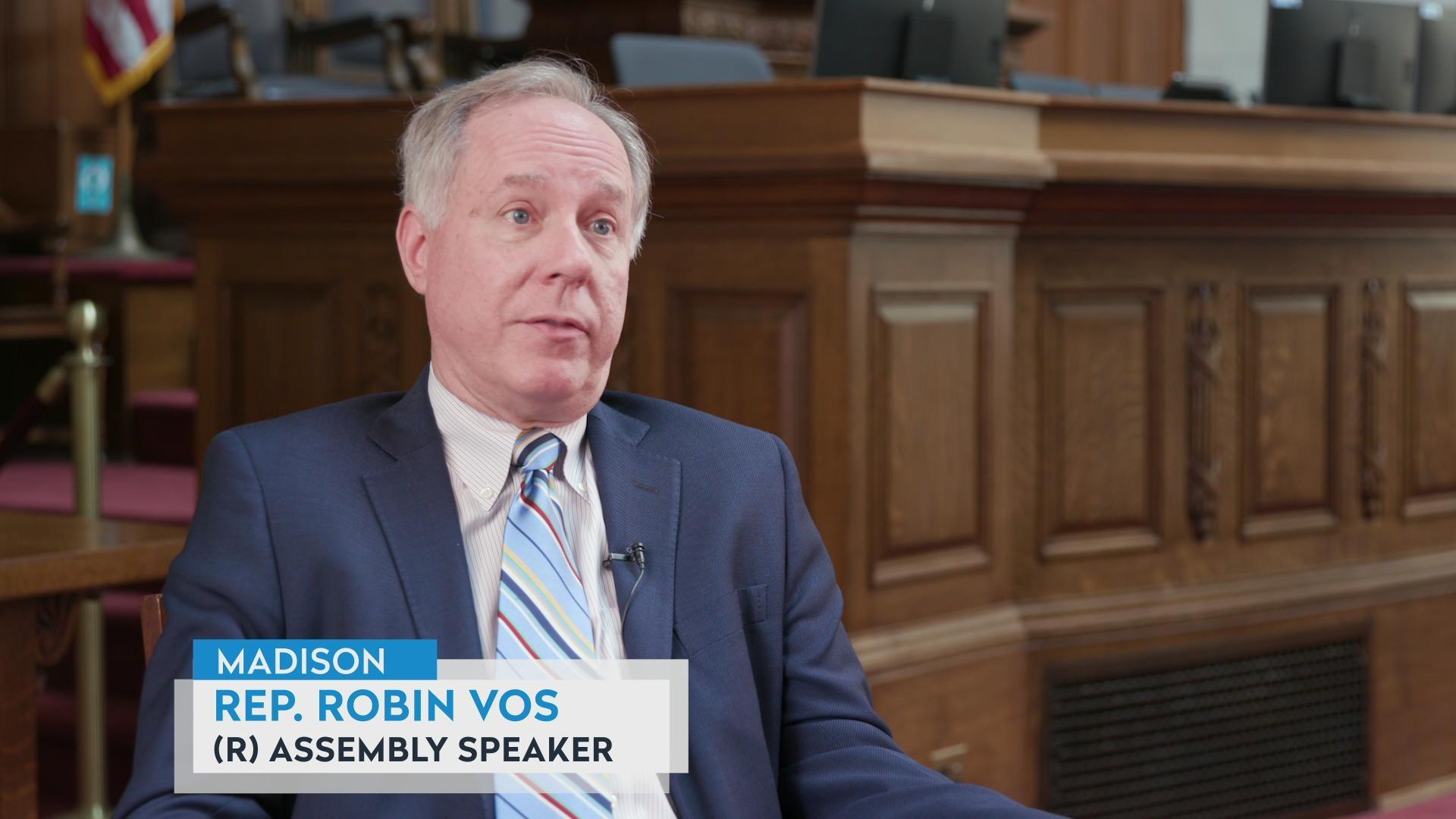


Follow Us